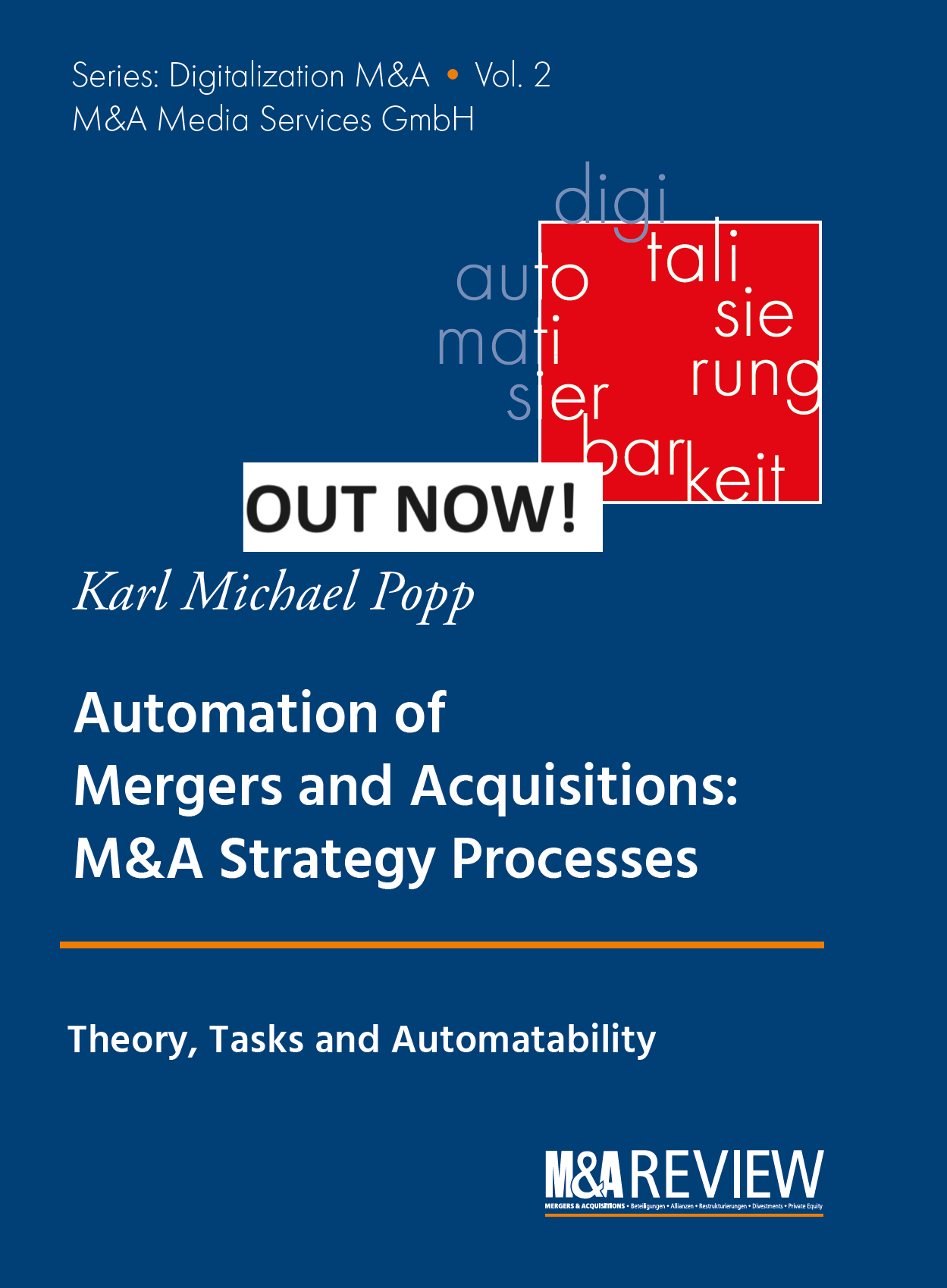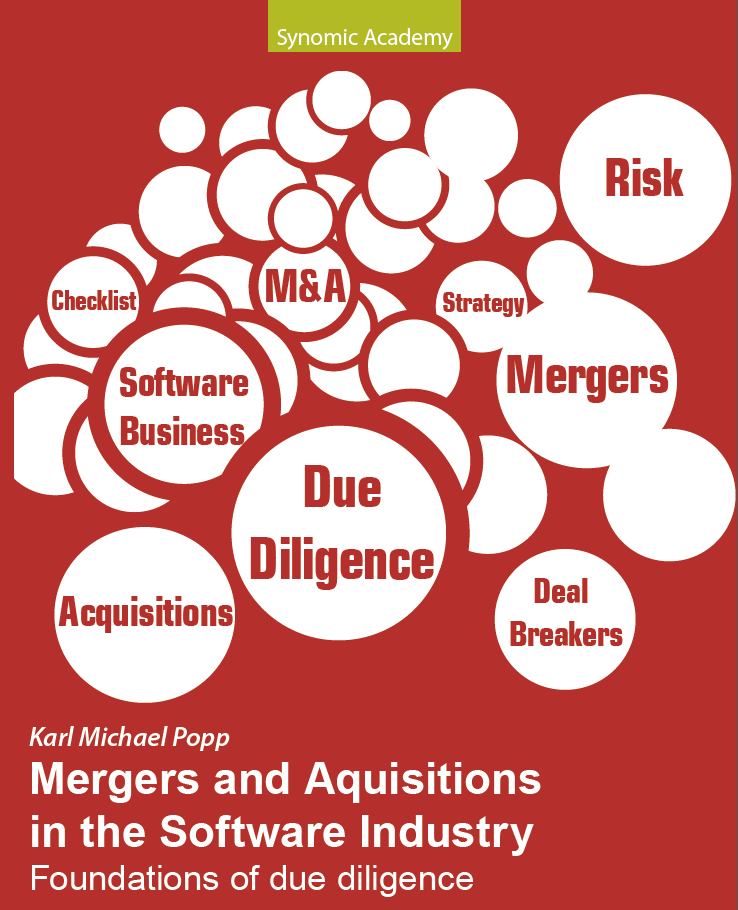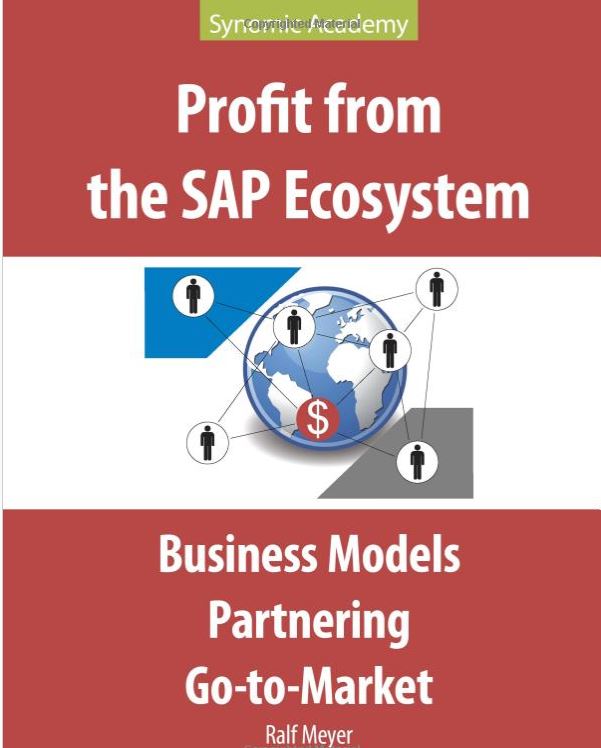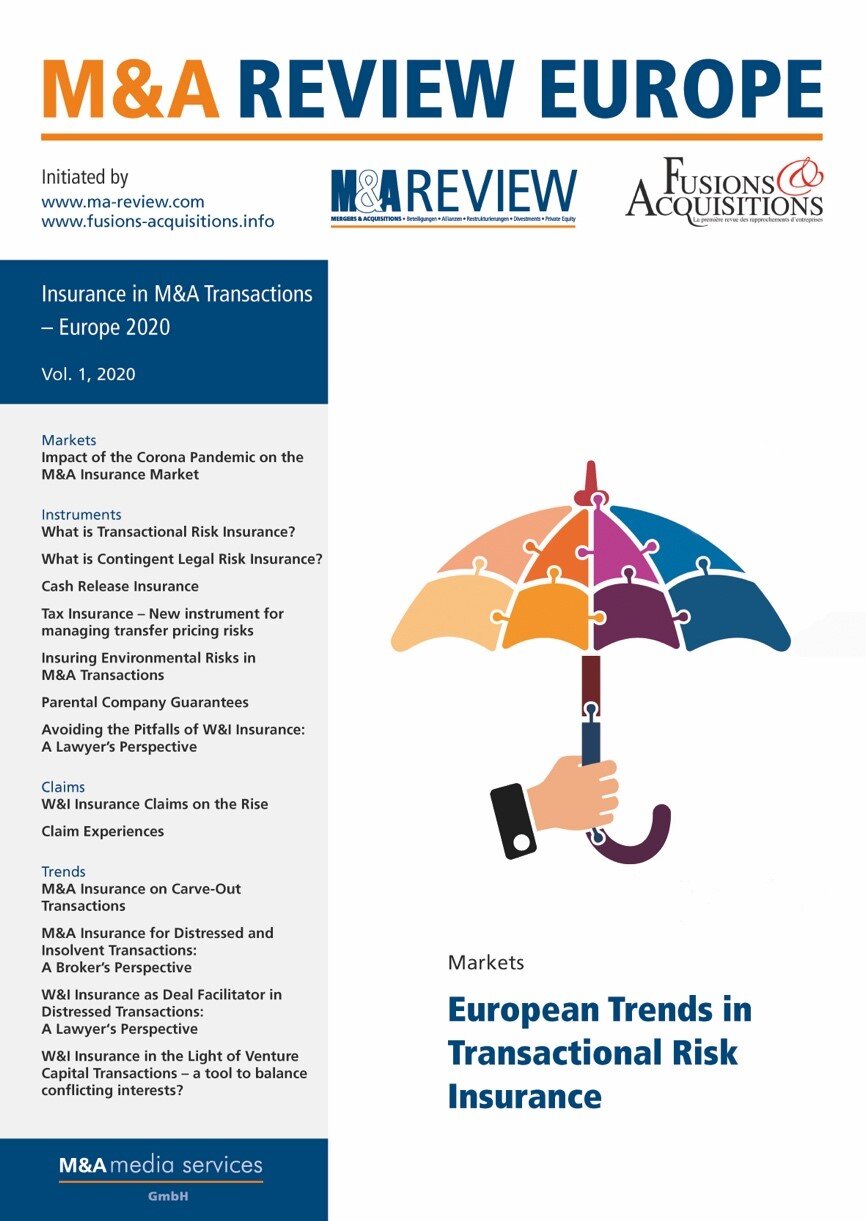A practitioner´s view on risk, risk perception and risk handling in merger integrations
Every acquisition and merger integration carries numerous risks. Actually, acquisitions and merger integrations have a bad reputation due to risk. Many integrations fail or do not reach objectives in a sufficient manner. This is why it is important to detect, evaluate and to manage risk in M&A transactions and in merger integration.
Risks can e.g. originate from the target company, from the acquiring company and from the integration of the two companies. In the best case, these risks are determined in due diligence, mitigations are planned and all is being handed over to the integration team as soon as possible.
Risk discovery in due diligence
While the target related risks are analyzed in detail in due diligence, the risks related to the acquiring company and the risks related to the integration itself are often neglected. In addition, not all risks can be determined in due diligence alone, new undiscovered risks might come up during the integration.
What you see is all there is
We learn from Kahneman that the risks that are being found depends very much on the experience of the people looking for risk. He says that you will only find the risks that you have experienced, heard about or read about.
This is why it is very important to use risk catalogues, experienced integration managers and risk managers. Walk through the risk catalogue to see if there are applicable risks, use your own or somebody elses experience to determine additional risks and run a risk workshop with an experienced risk manager.
Key risks in merger integration
Experience shows there are risks in merger integration that occur in each acquisition. While there are many risks outside of companies, let us focus here on risks inside the involved organizations. From my point of view, these reoccurring risks are:
Brain drain/Attrition: key employees or a large share of employees from the target are leaving.
Cultural integration problems: people don´t feel at home, feel lost or frustrated and thus attrition increases and people are leaving.
Wrong perception and estimation of integration complexity and effort: acquisitions can get complex on many dimensions like size of the target and acquirer business, number of companies, countries and locations involved. With the complexity, the effort may skyrocket.
Bad management of the integration scope and integration project: these are generic project management problems revisited. They also occur in merger integration projects.
How to deal with risk
In my view, there are four ways to deal with risk: Ignore, monitor, mitigate and sell.
Ignoring risk is dangerous alternative. If at all, you should use ignoring only for a risk that you think has very limited impact on the success of the merger integration and very small likelihood. And you have to be aware oft he difference between probability and likelihood. Likelihood means you only have a guess about the chance of a risk to become true and impact the merger integration.
Monitoring risks is a slightly better approach to risks. In this case you simply watch the risks to see if the likelihood or the impact has changed. If a likelihood or impact increases, you might switch to one of the following alternatives.
Mitigating risk is the preferred approach. This means you are trying to establish counter measures to be able to avoid the risk or reduce the likelihood or the impact of the risk. Be aware that mitigations needs people, time and budget to work.
If certain risks are perceived to have a massive financial impact and cannot be properly mitigated you might want to sell these risks to insurance companies. One example might be environmental risks of manufacturing plants.








